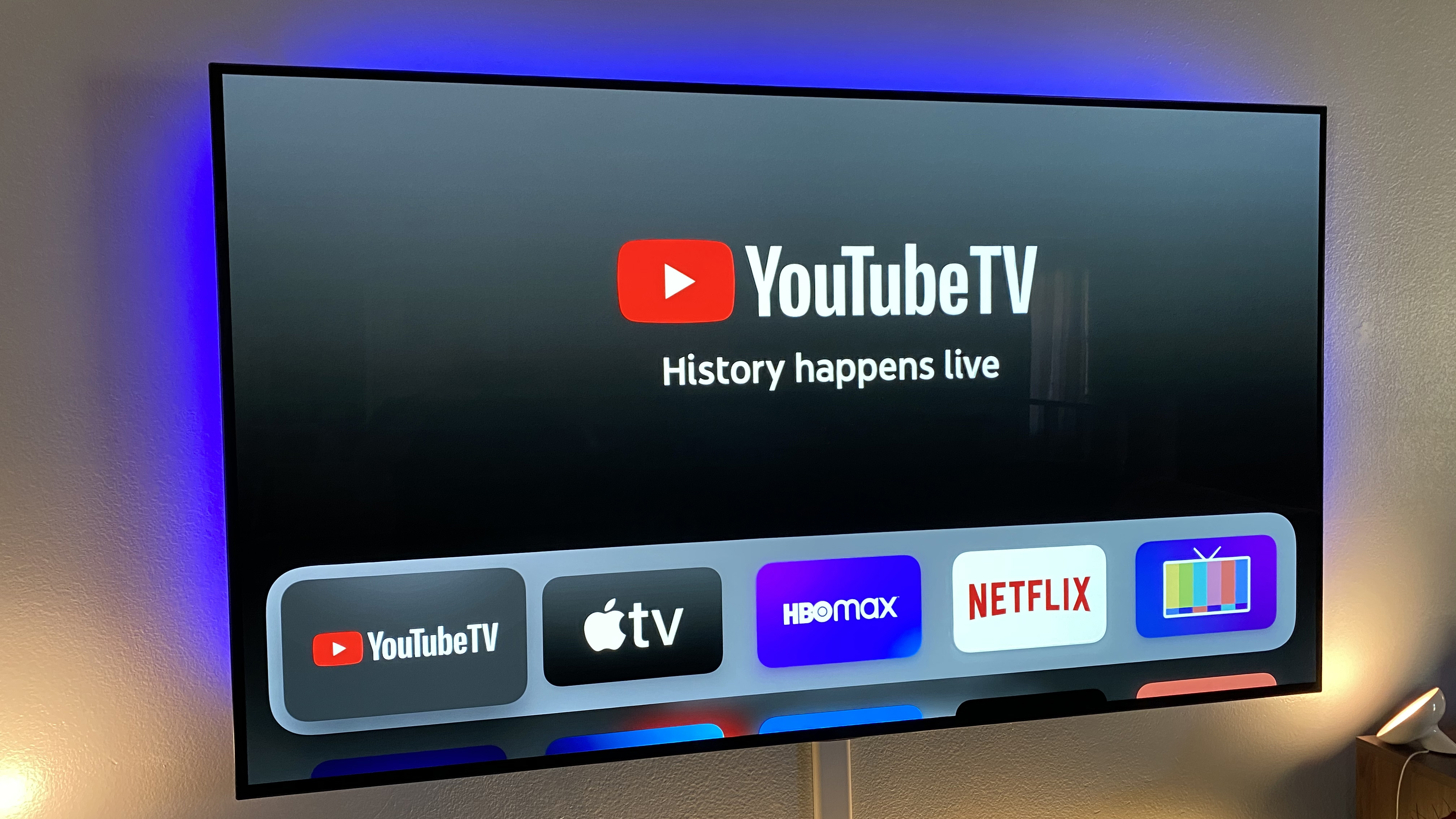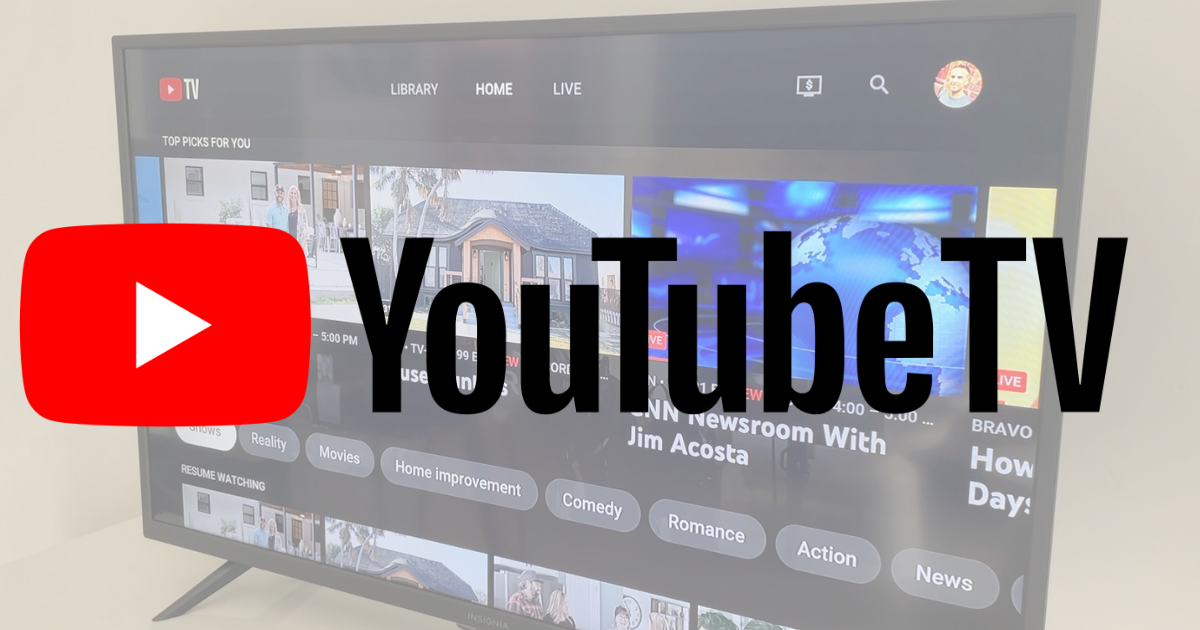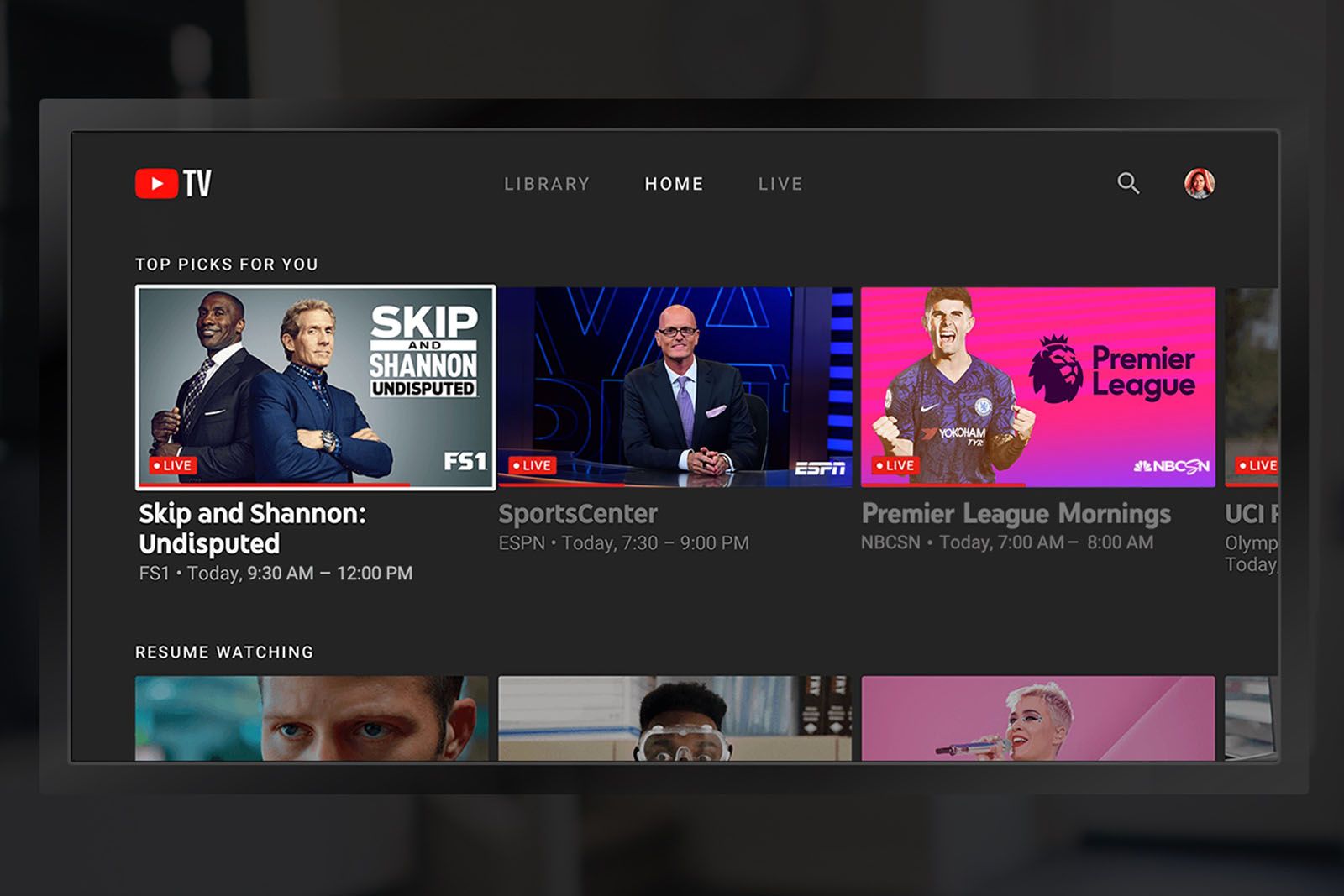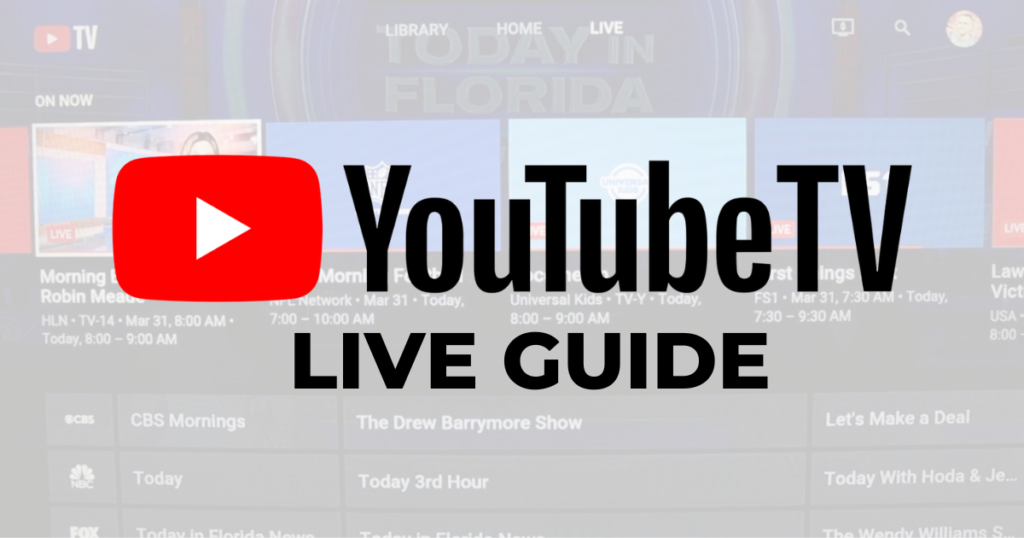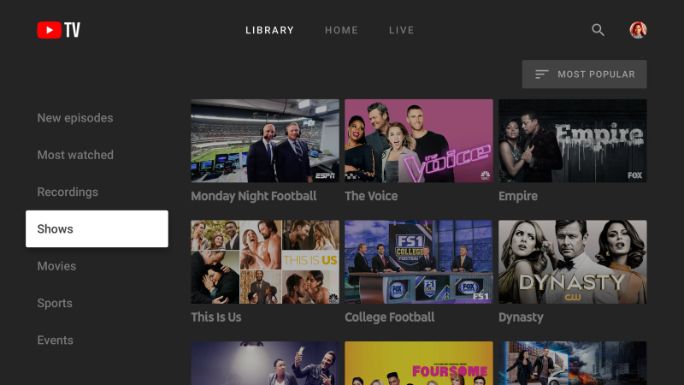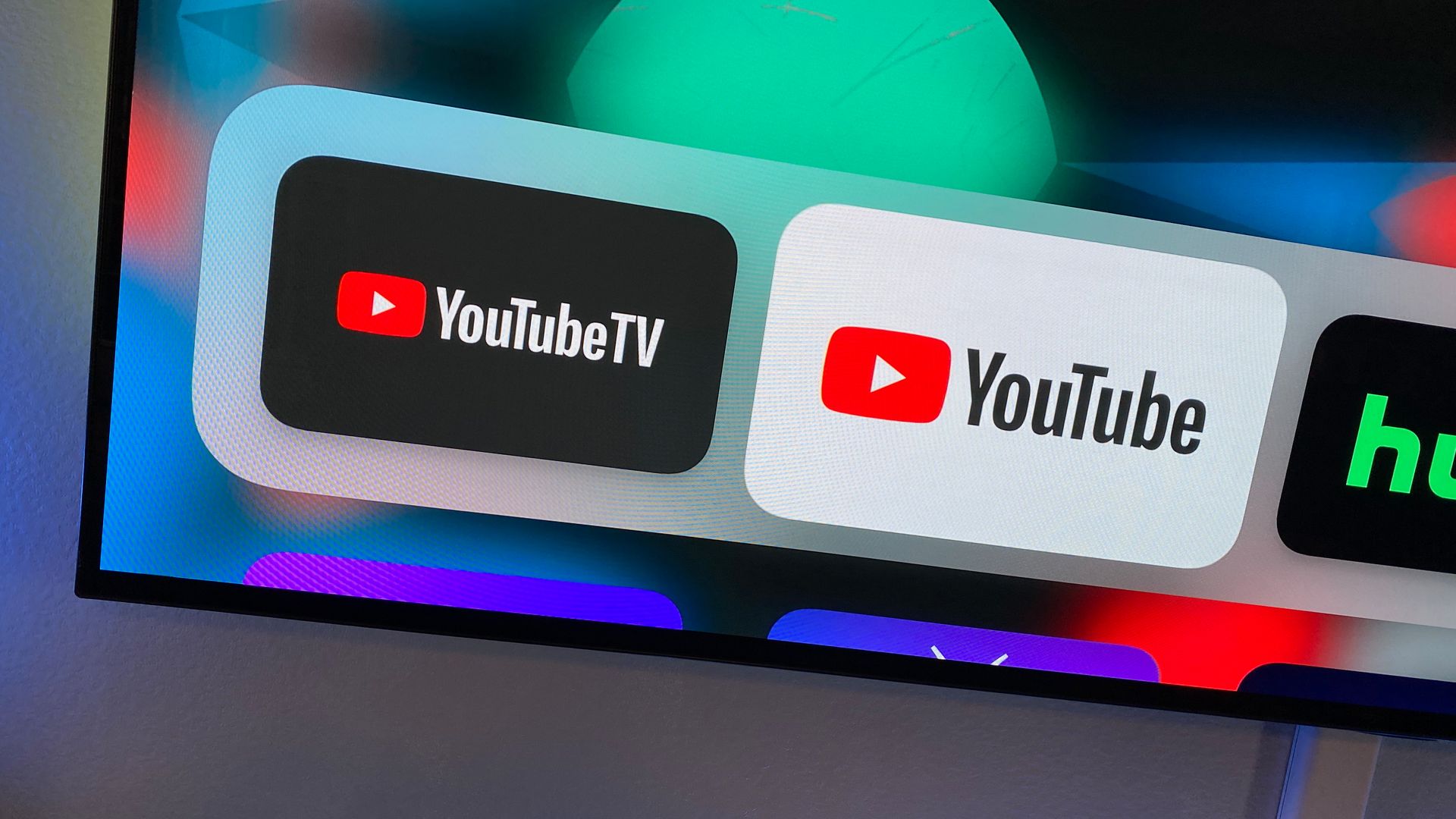Can You Use Youtube Tv In Multiple Households

The battle over streaming television access rages on, with a critical question at its heart: can families truly share their subscriptions? YouTube TV, one of the leading live TV streaming services, finds itself at the center of this debate. The service's policies regarding multi-household usage have sparked confusion, frustration, and ultimately, a re-evaluation of how consumers access their favorite entertainment.
This article delves into the intricacies of YouTube TV's stance on household sharing. We will examine the current rules, explore the reasons behind these limitations, and analyze the impact on subscribers. Furthermore, we will consider potential future changes and alternatives available to those seeking to share their streaming accounts more freely.
Understanding YouTube TV's Household Definition
The core of the issue lies in YouTube TV's definition of a "household." According to Google's official documentation, a household is defined as a single residence. This means that while you can have multiple devices logged into your YouTube TV account, those devices should primarily be used at your registered home location.
YouTube TV uses IP addresses to determine the primary usage location. This system is intended to prevent widespread sharing of a single subscription across multiple physical homes. The service requires users to check in from their home location at least once every three months to maintain access.
Failure to check in from the registered home location can lead to viewing restrictions. Prolonged use outside the designated household can result in account suspension. This policy aims to protect revenue streams and adhere to agreements with content providers.
The Rationale Behind the Restrictions
YouTube TV's limitations on household sharing are primarily driven by licensing agreements. Content providers, such as broadcast networks and cable channels, charge streaming services based on the number of subscribers and households reached. Allowing unrestricted sharing would significantly undercut these established revenue models.
These limitations help maintain a sustainable business model for YouTube TV. By controlling access and preventing widespread sharing, the service can continue to offer competitive pricing and a wide range of channels. This balance is crucial for long-term viability in the competitive streaming market.
Furthermore, preventing unauthorized sharing helps protect content from piracy. Limiting access to registered households reduces the risk of subscriptions being used for commercial purposes or resold illegally.
Impact on Subscribers
For many families, YouTube TV's household restrictions are a major inconvenience. College students living away from home, snowbirds splitting their time between different residences, and divorced parents with separate households all face challenges in using the service as intended.
Some users have expressed frustration with the strict enforcement of these rules. The requirement to check in from the home location every three months can be particularly burdensome for those who travel frequently or spend extended periods away from their primary residence.
However, other users acknowledge the necessity of these restrictions. They recognize that preventing widespread sharing helps keep subscription costs down. A balance must be struck between flexibility and affordability.
Workarounds and Alternatives
While YouTube TV's official policy is strict, some users have explored unofficial workarounds. Using a VPN (Virtual Private Network) to mask their location is one such method, but this is often unreliable and potentially violates the terms of service.
Other streaming services offer different approaches to household sharing. Some providers, like Netflix with its premium plan, allow users to add extra members who live outside the primary household for an additional fee. This offers a more flexible solution for families with multiple residences.
Services like Hulu + Live TV also have some restrictions, but they might be perceived as slightly less stringent in certain situations. It's crucial to compare the terms of service of different providers to find the best fit for your specific needs.
The Future of Streaming Sharing
The issue of streaming account sharing is likely to remain a hot topic. As the streaming landscape continues to evolve, providers will need to adapt to changing consumer expectations. Finding a balance between protecting revenue and providing flexibility will be essential.
One possible solution is a tiered pricing model. Offering different subscription levels with varying levels of household sharing could appeal to a wider range of consumers. This would allow families with multiple residences to pay a premium for increased flexibility, while still preventing widespread unauthorized sharing.
Ultimately, the future of streaming sharing depends on ongoing negotiations between content providers and streaming services. These discussions will shape the policies and pricing models that define how we access our favorite entertainment for years to come. The current situation with YouTube TV serves as a crucial example of the challenges and opportunities that lie ahead.
The debate around multi-household access to streaming services like YouTube TV highlights a fundamental tension in the modern media landscape: the desire for affordable and flexible entertainment versus the need for content creators and distributors to protect their revenue. While YouTube TV's current policies may frustrate some users, they reflect the complex realities of content licensing and the ongoing effort to strike a sustainable balance in the rapidly evolving world of streaming television.


![Can You Use Youtube Tv In Multiple Households How To Install & Watch YouTube TV on Firestick in 5 Steps? [2025]](https://www.airbeam.tv/wp-content/uploads/2024/01/YouTube-on-a-Smart-TV-screen.jpg)





